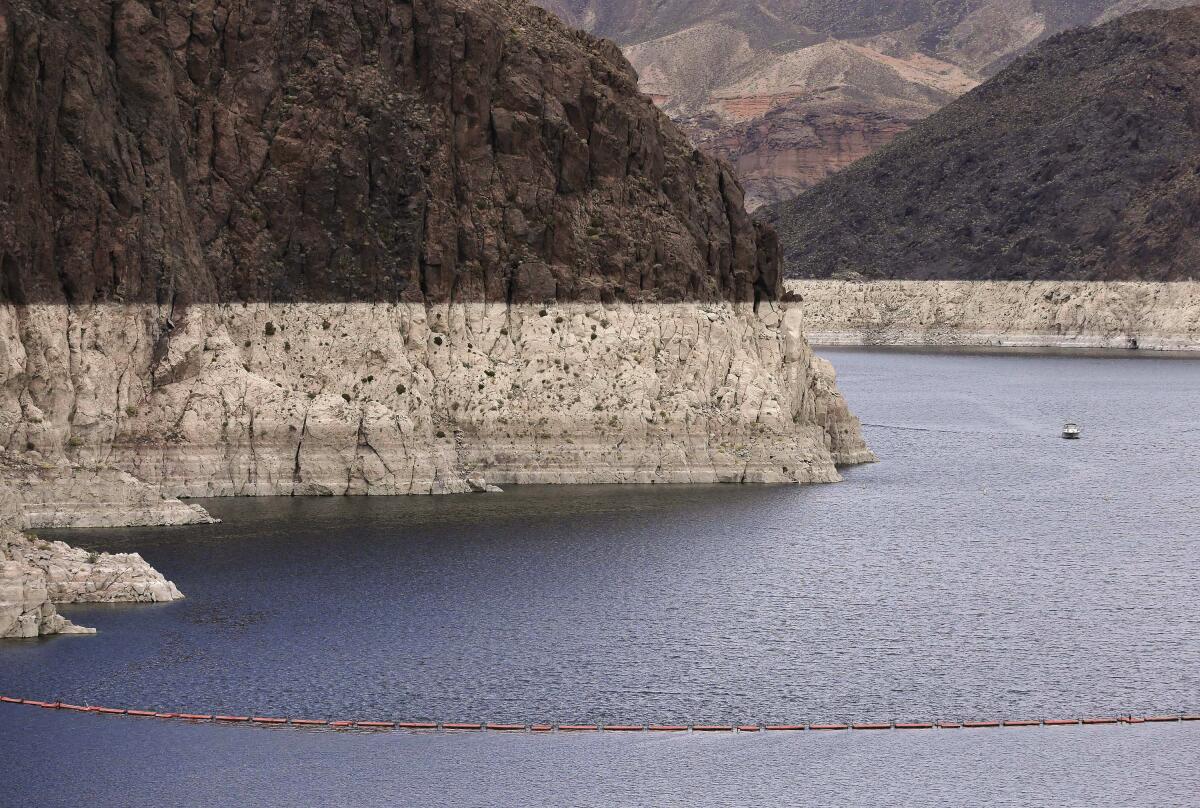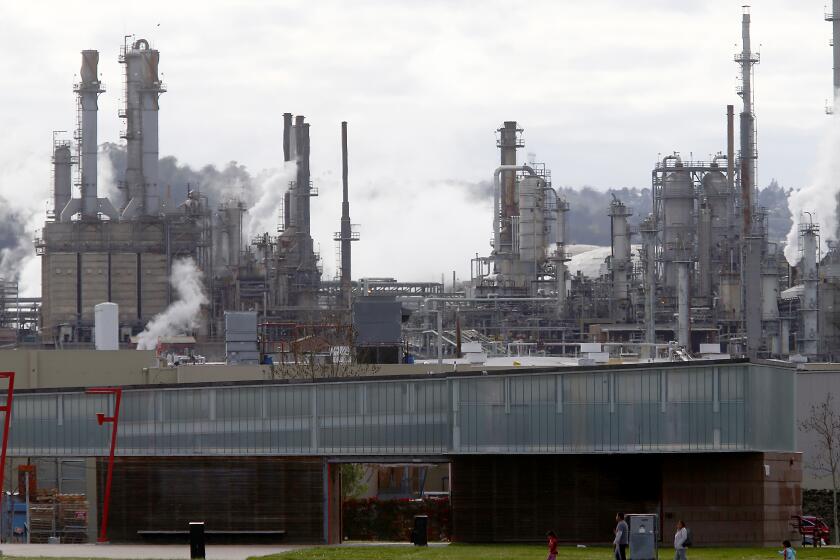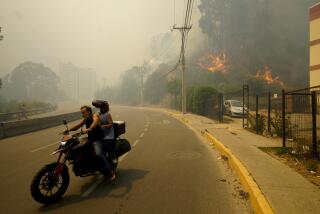Global warming is making western U.S. ‘megadrought’ the worst in centuries, study says

A two-decade-long dry spell that has parched much of the western United States is turning into one of the deepest “megadroughts” the region has experienced in more than 1,200 years, a new study found.
And about half of this historic drought can be blamed on man-made global warming, according to a study published Thursday in the journal Science.
Researchers focused on a nine-state area from Oregon and Wyoming down through California and New Mexico, plus a sliver of southwestern Montana and parts of northern Mexico. They used thousands of tree rings to compare a drought that started in 2000 and is still going (despite a wet 2019) to four previous megadroughts since the year 800.
Using soil moisture as the key measurement, they found only one other drought that was as big — and was probably slightly bigger. That one began in 1575, just 10 years after St. Augustine, the first European city in the United States, was founded, and it ended before the Pilgrims landed on Plymouth Rock in 1620.
What’s happening now is “a drought bigger than what modern society has seen,” said study lead author A. Park Williams, a bioclimatologist at Columbia University.
Daniel Swain, a UCLA climate scientist who wasn’t involved in the research, called the work important because it provides evidence “that human-caused climate change transformed what might have otherwise been a moderate long-term drought into a severe event comparable to the ‘megadroughts’ of centuries past.”
What’s happening is that a natural but moderate drought is being worsened by temperatures that are 2.9 degrees Fahrenheit (or 1.6 degrees Celsius) hotter than in the past and that suck moisture out of the ground, Williams said.
“We’ve been increasingly drifting into a world that’s getting dryer,” Williams said.
To quantify the role of global warming, researchers used 31 computer models to compare what’s happening now to what would happen in a hypothetical world without the burning of fossil fuels that spews billions of tons of heat-trapping gases. They found that, on average, 47% of the drought could be blamed on human-caused climate change.
There’s debate among scientists over whether this current drought warrants the title “megadrought” because it has lasted only two decades — so far — while others are at least 28 years long.
Citing coronavirus safety concerns, the EPA has temporarily suspended enforcement of environmental laws.
Climate scientist Clara Deser at the National Center for Atmospheric Research, who wasn’t part of the study, said that while the research is good, she thinks the deep drought has to last another decade or so to qualify as a “megadrought.”
Williams said he understands the concern and that’s why the study calls it “an emerging megadrought.”
“It’s still going on and it’s 21 years long,” Williams said. “This drought looks like one of the worst ones of the last millennium except for the fact that it hasn’t lasted as long.”
University of Michigan climate scientist Jonathan Overpeck, who studies the Southwestern climate and was not part of the study, calls it “the first observed multidecadal megadrought in recorded U.S. history.”
Although last year was wet, the recent rain and snow was not nearly enough to make up for the deep drought years before, said Williams, who added that past megadroughts have had wet years.
Bears, bobcats and other critters are roaming free in California’s most popular national park, closed to visitors since March 20
The U.S. drought monitor puts much of Oregon, California, Colorado, Utah and Nevada and good chunks of New Mexico, Arizona and Idaho in abnormally dry, moderate or severe drought conditions. Wyoming is the only state Williams studied that doesn’t have large areas of drought.
This week, water managers warned that the Rio Grande is forecast to have water flows less than half of normal, while New Mexico’s largest reservoir is expected to top out at about one-third of its 30-year average.
This is “what we can expect going forward in a world with continued global warming,” said Stanford University climate scientist Noah Diffenbaugh, who wasn’t part of the study.







